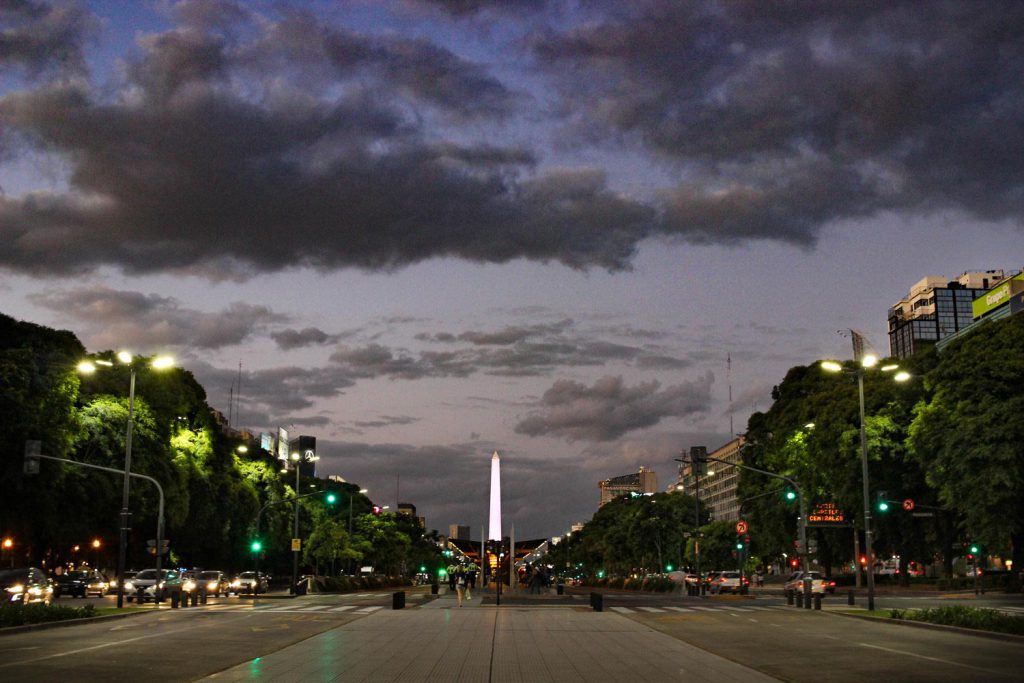
The contemporary cool of Buenos Aires is vibrant with tango shows, irresistible parrillas (BBQ) and graceful elegance. If you only have 24 hours in this dynamic city, here are our suggestions on what to see and do.
Our video above, is our first attempt at doing this city in 24 hours as is suggested on https://turismo.buenosaires.gob.ar. We found this exhausting and overwhelming, but it makes for an entertaining video none-the-less.
Our revised suggestion is below. We think this is much more manageable and highlights what we’ve found are the most interesting parts of Buenos Aires after living here for one month.
MORNING:
Make sure you’ve packed your camera, water bottle, snacks, phone, credit card, ID and plenty of cash. Many of the vendors in Buenos Aires operate only in cash and ATM’s charge expensive fees to take out money. We were charged about $7 every time we used an ATM. You want to avoid that and take out as much money as you can when you first arrive in the city. Use that cash for the remainder of your stay.
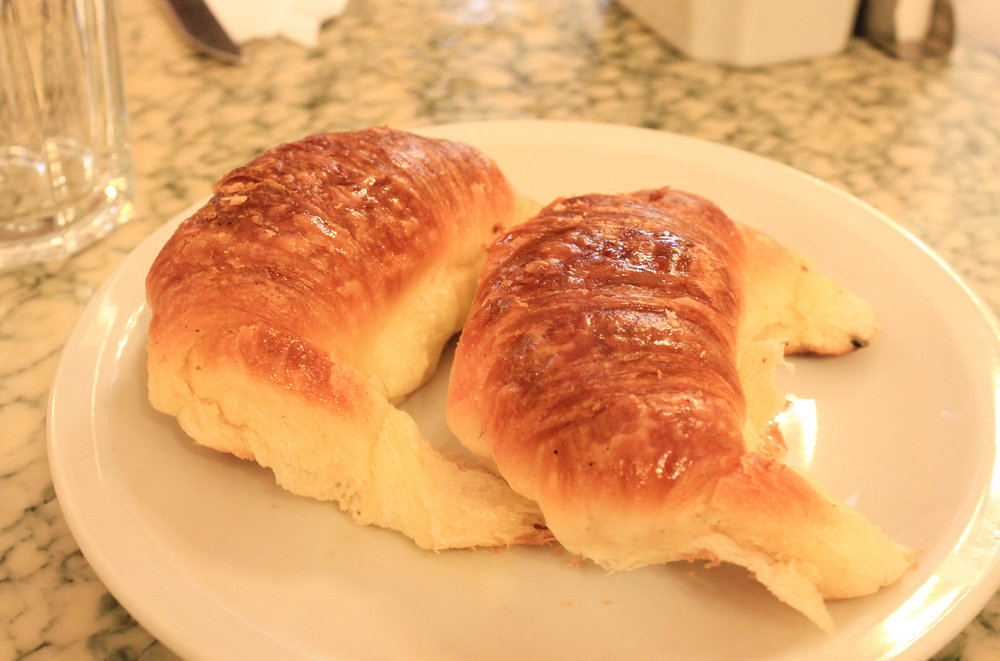
For breakfast, head to a traditional Argentinean Cafe. We love Cafe Tortoni or Los 36 Billares. The classic breakfast is a medialuna (similar to a sweet croissant), coffee with milk and orange juice. If you head to either of these cafe’s, it will position you nicely to explore the classic tourism spots.
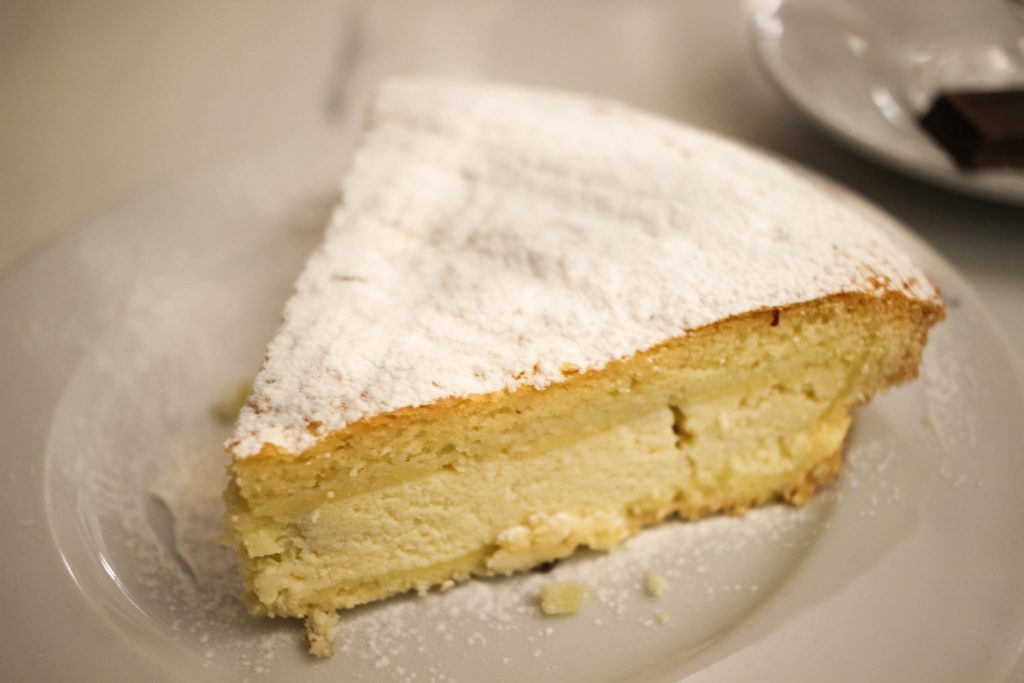
The most interesting things to see in this location is the Plaza de Mayo which houses La Casa Rosada, where the President works, and El Obelisco, a monument that celebrates the founding of the city.
AFTERNOON & LUNCH
Next head to San Telmo, the heart of colonial Buenos Aires, and a short walk from La Casa Rosada. It is the city’s most romantic neighborhood with cobblestone streets, colonial houses, Spanish churches, and antique stores.

The parts we found most interesting about this area is the Mercado de San Telmo; an indoor market that started in 1890 that houses tons of food and meat stalls, Plaza Dorrego; the heart of San Telmo with cafe’s and old tango bars, and the Feria de Antiguedadas (Antique Fair); a fair selling all types of interesting trinkets. The fair is only open on Sundays, but if you’re there on another day of the week there are still vendors selling goods.
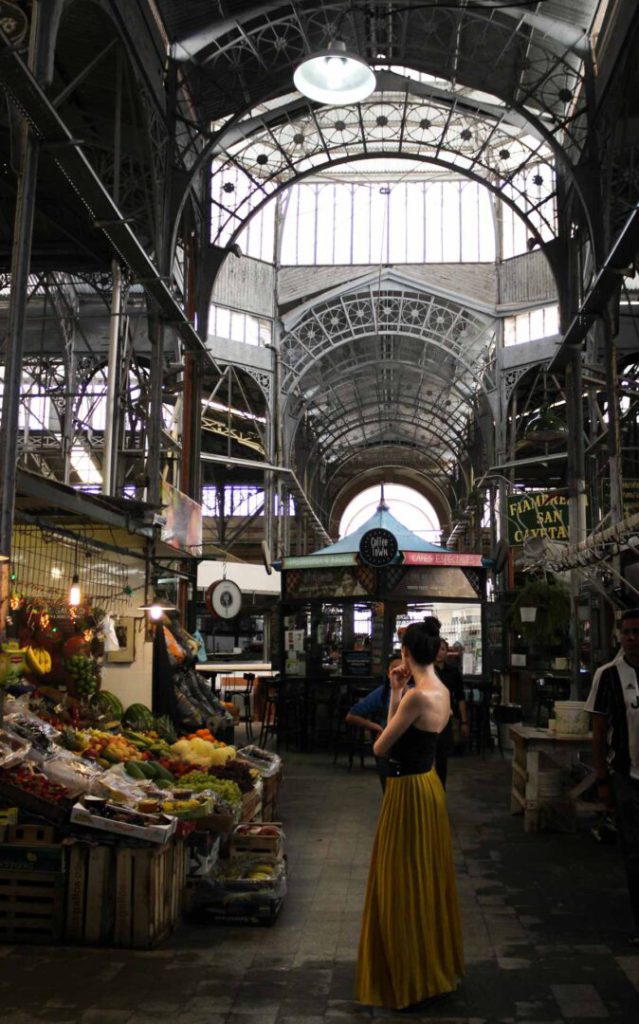
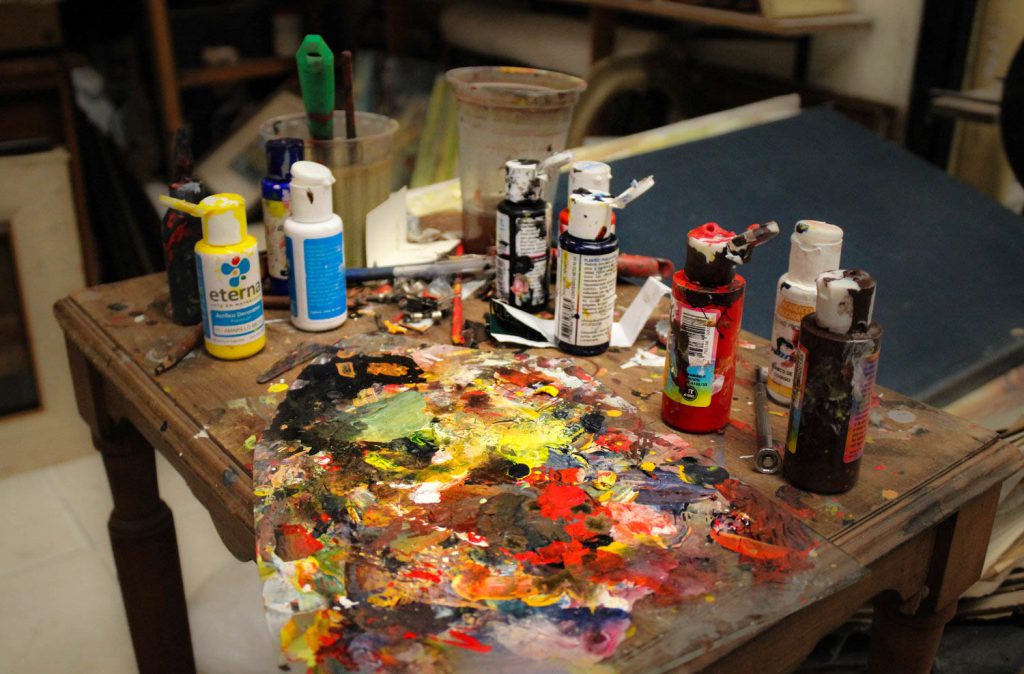
Once you’ve had your fair share of shopping or browsing, call an Uber to take you to La Boca. I don’t recommend a taxi because they will rip you off if they know your tourists (at least in my experience) and Uber is much cheaper and safer. A 20 minute Uber ride in Buenos Aires normally costs around $4. It’s a inexpensive and fast way to get around the city. The trip to La Boca will be about 15 minutes.
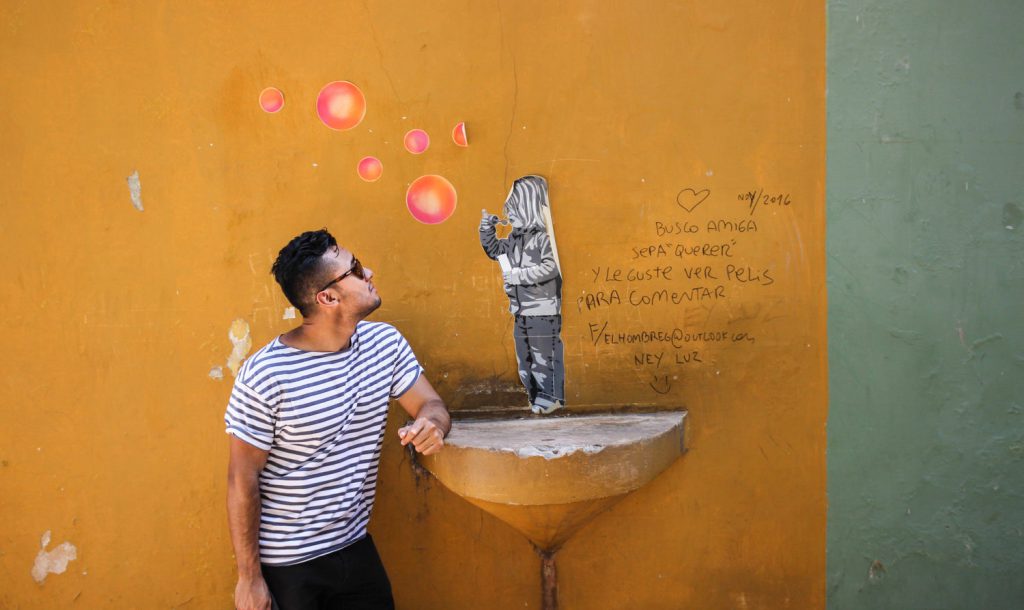
Once you arrive in La Boca, first stop should be El Caminito. This is a beautiful cobblestone street famous for its colorful conventillos (tenements) built by Italian immigrants. Today, you’ll see artists selling their work along the street.
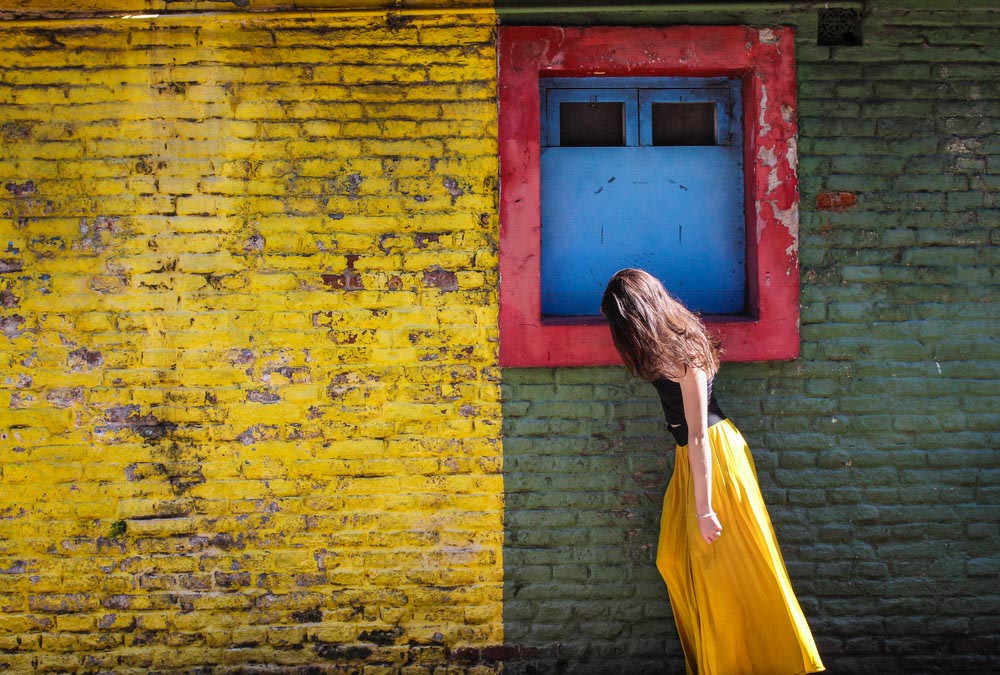
The conventillos are made of corrugated zinc, and to protect the material the early settlers would use the left over boat paint from the port. Since they did not have enough money to buy a whole bucket, they would paint their homes with whatever color was left over. This led to a vibrant scene of colorful buildings and homes.
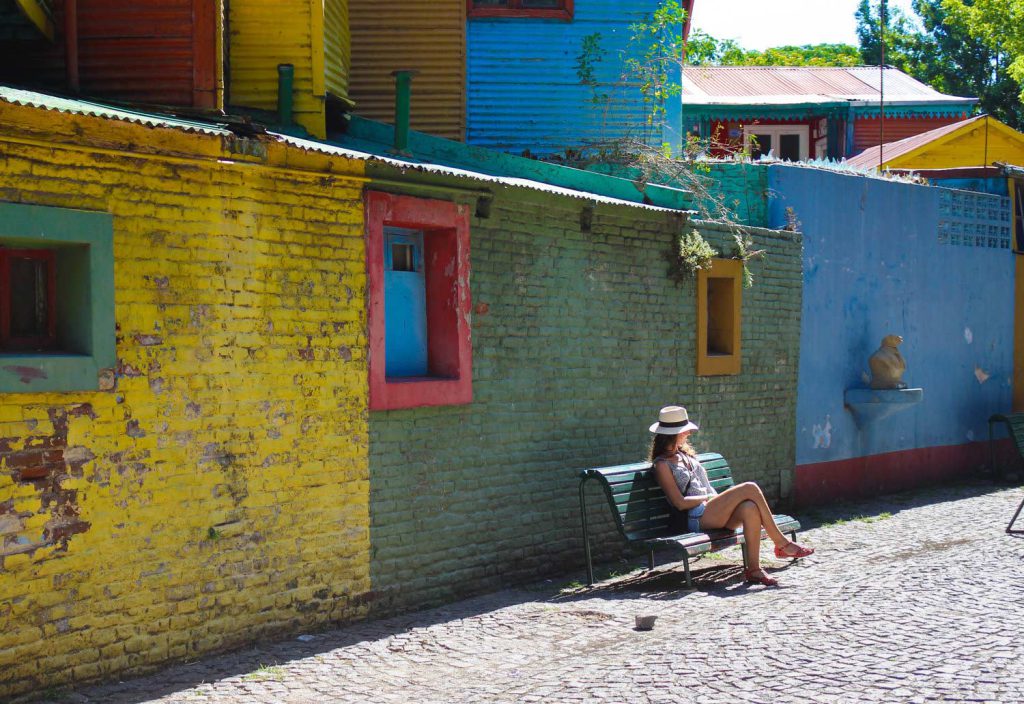
Today La Boca is filled with tango bars and cafes. This is the perfect spot to stop for a lunch with a tango show included for free. Almost all restaurants have the tango show, so choose whichever location you prefer. Please keep in mind that La Boca is a very touristy area and is located near a poorer area so there are a lot of petty crimes here. To prevent this stay where the action is and don’t stray off to abandoned streets.
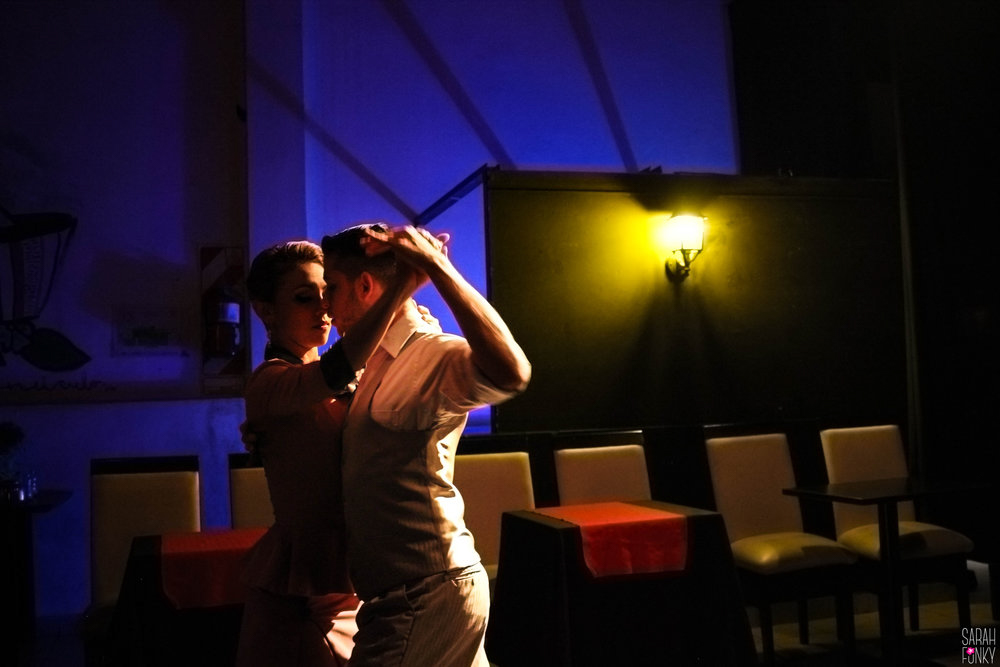
Once you’re done with lunch, head to the Cementerio de la Recoleta, known as one of the world’s great necropolises. It is located in the upscale, northern barrio with the same name and has been the burial place of choice for Argentina’s elite since the mid-19th century. The most famous site is the grave of Evita Peron, whose passage to that grave site is fascinating.
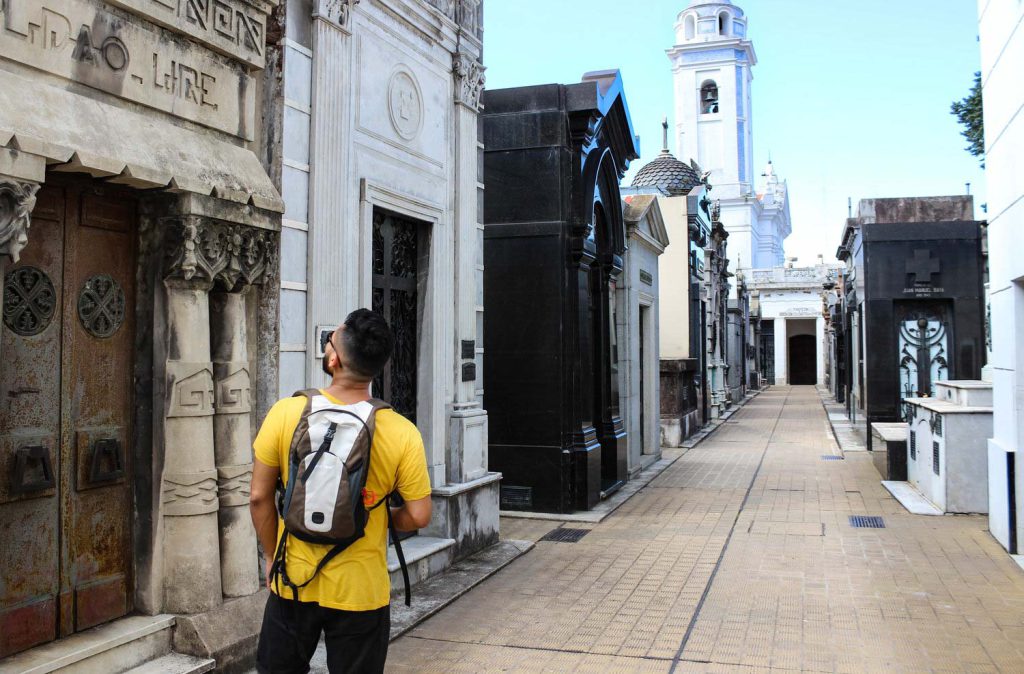
Built tightly against each other , the tombs are visited via a labyrinth of streets and narrow passageways. The vast architectural styles are fascinating. The Cementerio de la Recoleta closes at 5:45pm everyday. Make sure you arrive before then as you’ll likely want to explore for at least 30 minutes.
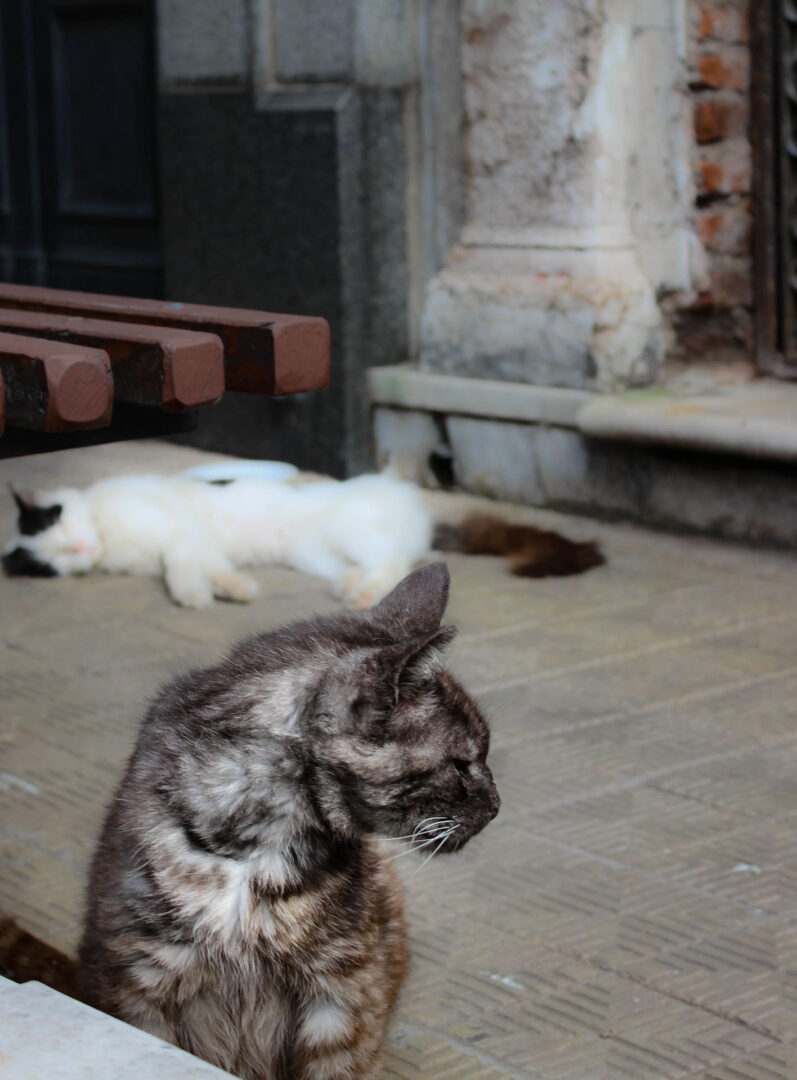
EVENING
Recoleta is home to Argentinean ice cream spot, Valance. If you’ve never had ice cream from this country, this is not something you should miss as it’s similar or “more delicious”, as the locals say, than it’s Italian cousin’s gelato. Personally, I rarely had Ice cream in the United States, however, i’ve found myself craving it weekly here. To eat ice cream like an Argentine, order dulce de leche, the most popular flavor. Dulce de Leche does not just come in one velvety textured flavor. You will be amazed at the different dulce de leche variations available. Most heladerias (ice cream shops) i’ve been in have about 10 different types of dulce de leche. Another interesting thing to note is that when you order ice cream you need to choose two flavors which are then served to you in a cone. This is standard and is great because it allows you to try more options.
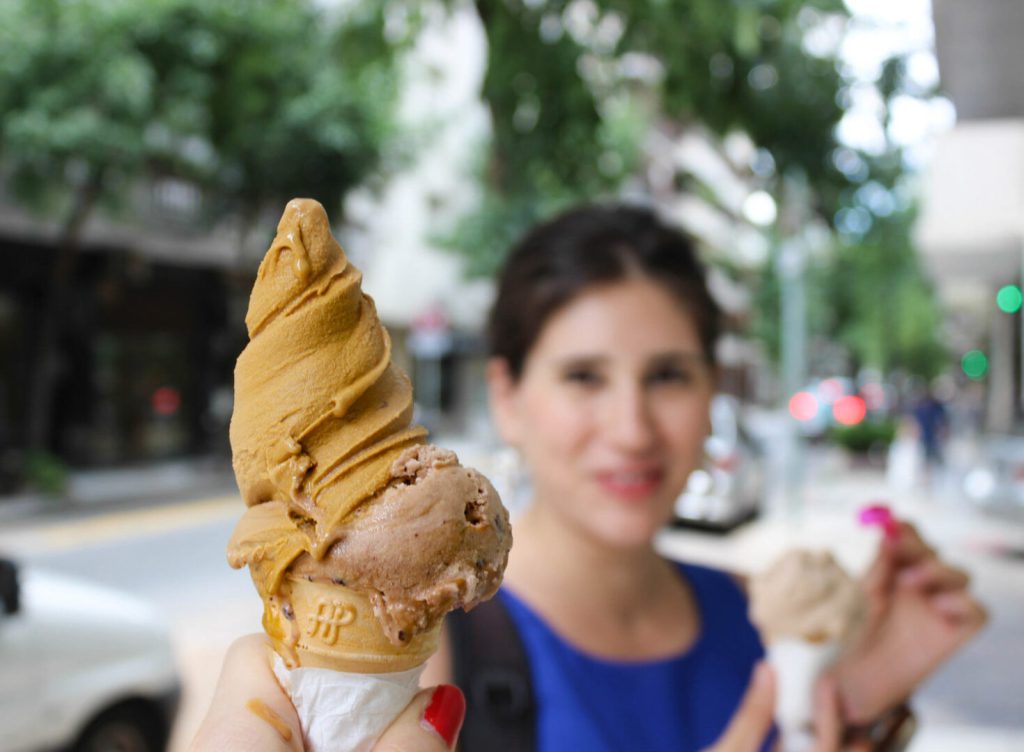
As you savor your ice cream, walk towards Avenida Santa Fe. It’s filled with great shopping. Stores selling men & women clothes, shoes, jewelry and more line the street. If you’re feeling low on energy there are also ton’s of cafes along the streets where you can sit and relax with a coffee or tea.
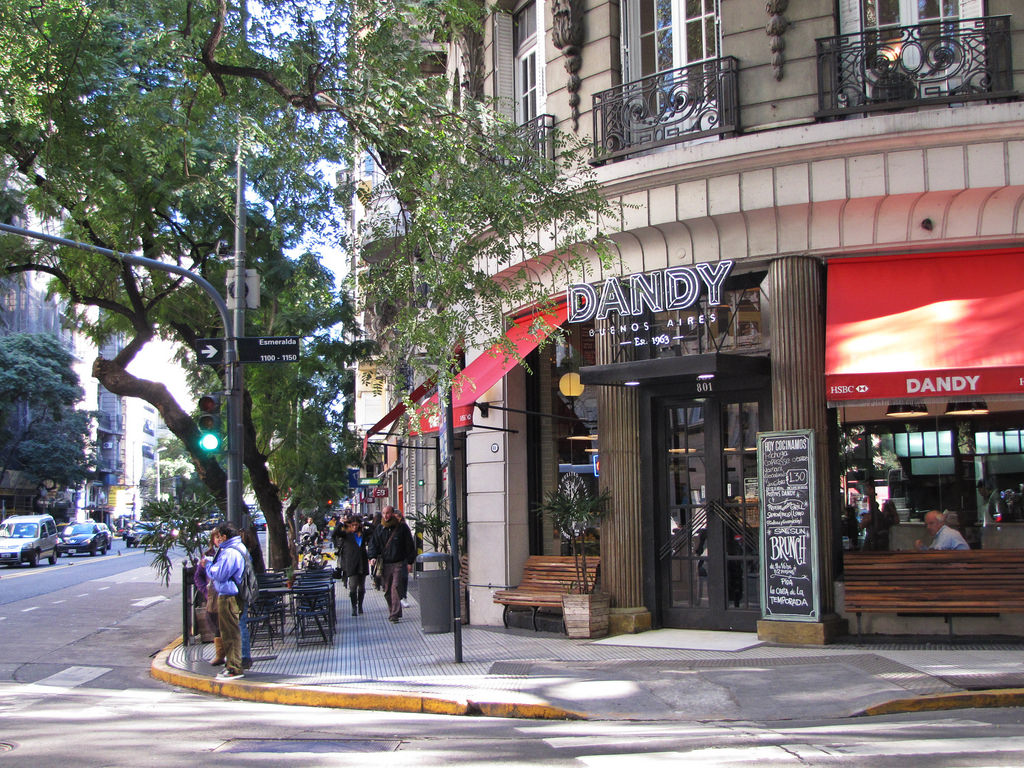
Portenos (locals from Buenos Aires) have dinner no earlier than 9pm. Before dinner, we recommend seeing Fuerza Bruta. It’s a immersive theatrical show like no other and it’s inexpensive for what you get. The price to see the show in BA is only $25 (compared to more than double that in NYC). The show time varies by day but it’s normally around 7p or 8p and lasts 1 hour, the perfect pre-dinner entertainment.
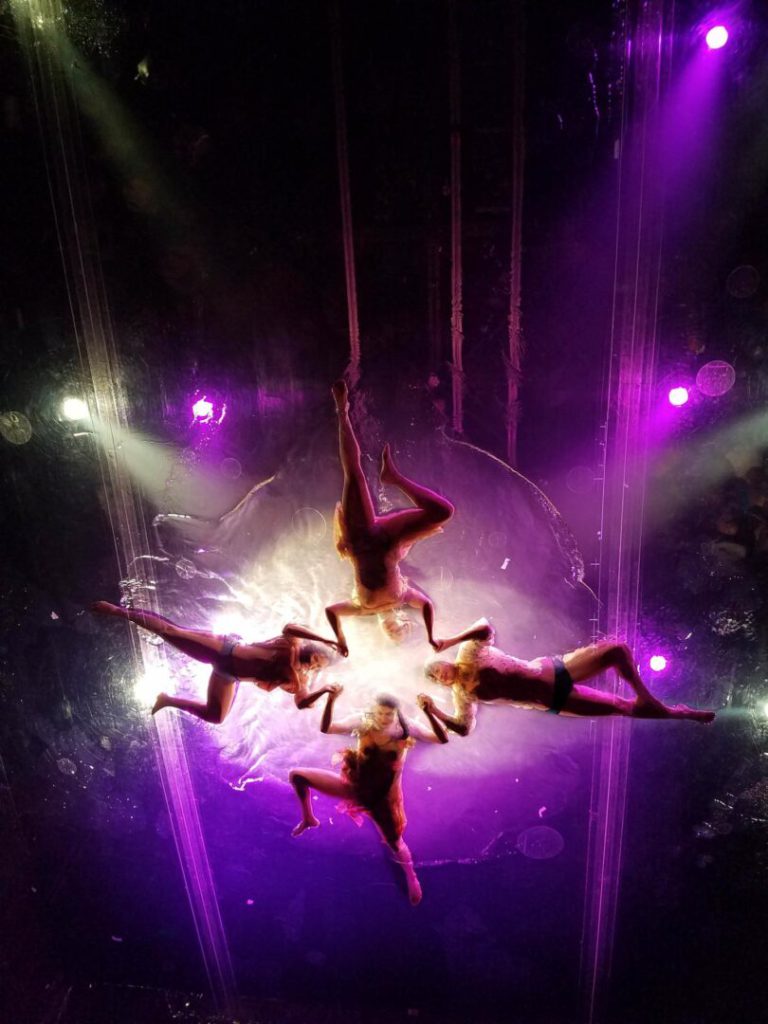
For dinner, head to El Gran Mosquito, an authentic parilla where the locals go. Parilla is an iron grill barbecue and is extremely popular in Argentina. We love this place for several reasons; it’s cheap, they serve unlimited and authentic cuisine and we found it through speaking with locals. This restaurant will not be found in guidebooks because it is a place where the locals go for dinner. They don’t open until 9pm and there is always a long line of portenos waiting by the door anxiously for the doors to open.
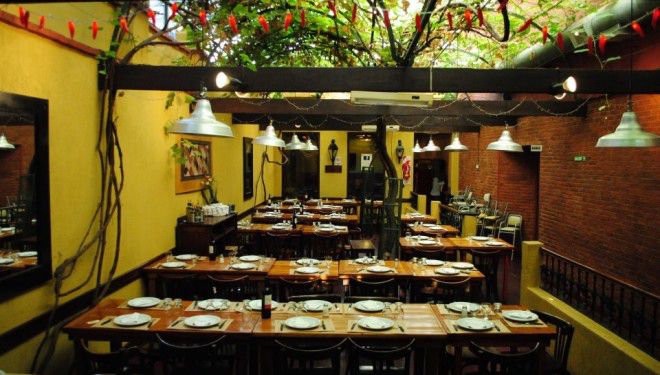
NIGHT:
If you’re not tired, there is is an dynamic nightlife scene in Buenos Aires. Palermo has most of the action and they also have an extensive craft beer scene. We spent most of our time going to the cervecerias (breweries), however, if you’re into nightclubs you’ll also find them here. You can tell which ones are most popular because there is normally a line out the door and many people drinking outside.
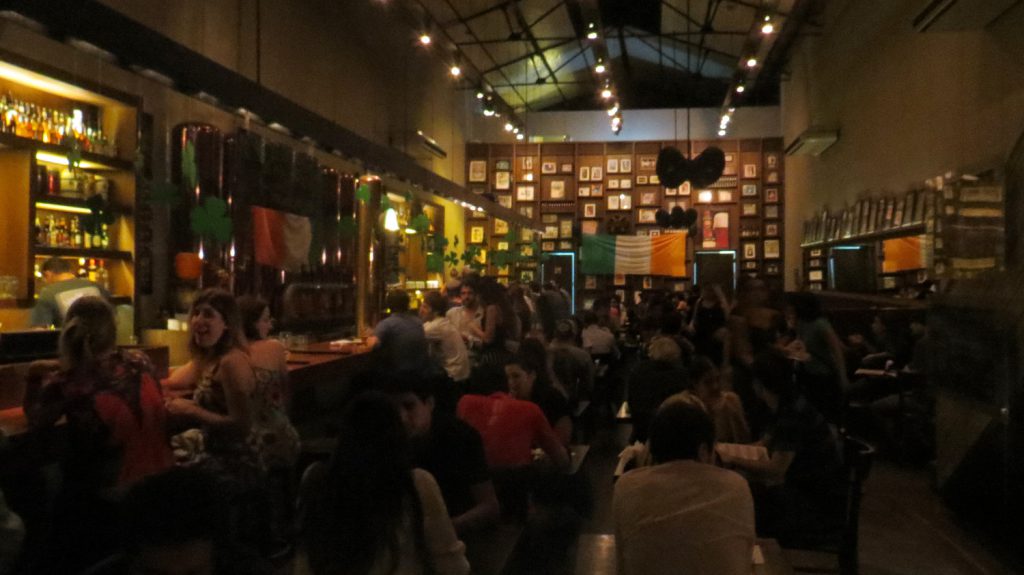
If you’re visiting the city, you should also read my article on things you should know before going to Buenos Aires. It will provide you with tips, advice and things you may not read in the guidebooks.

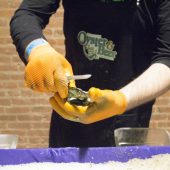

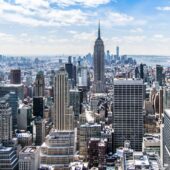



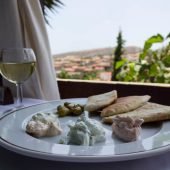



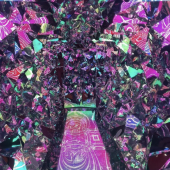

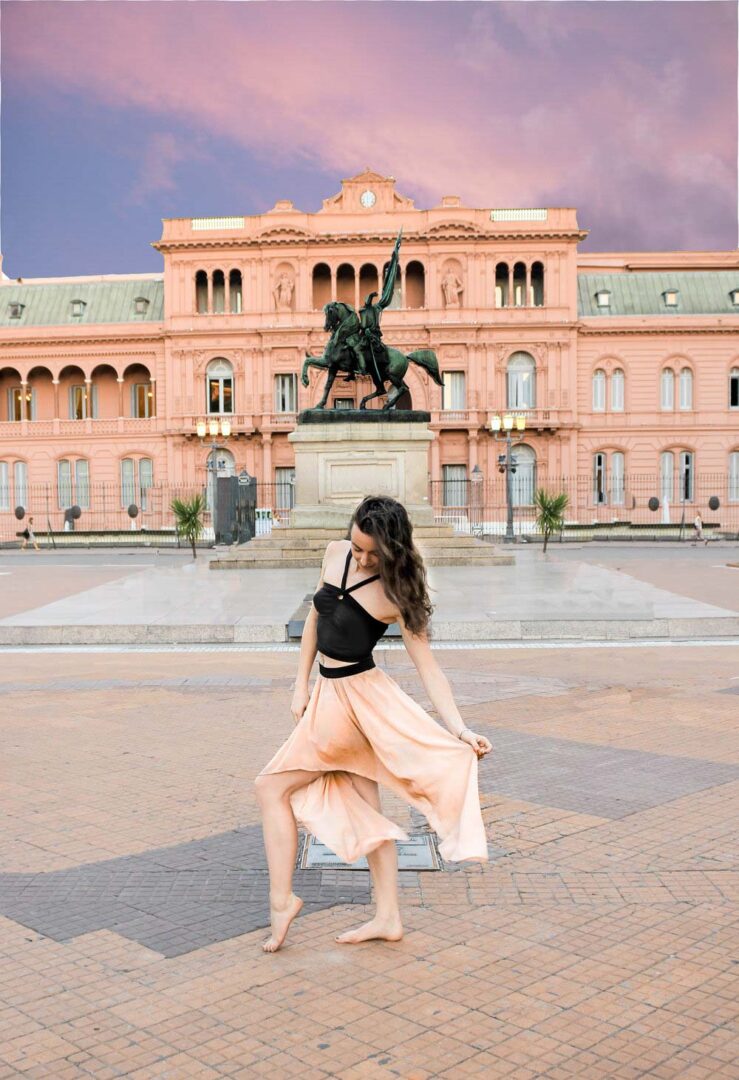
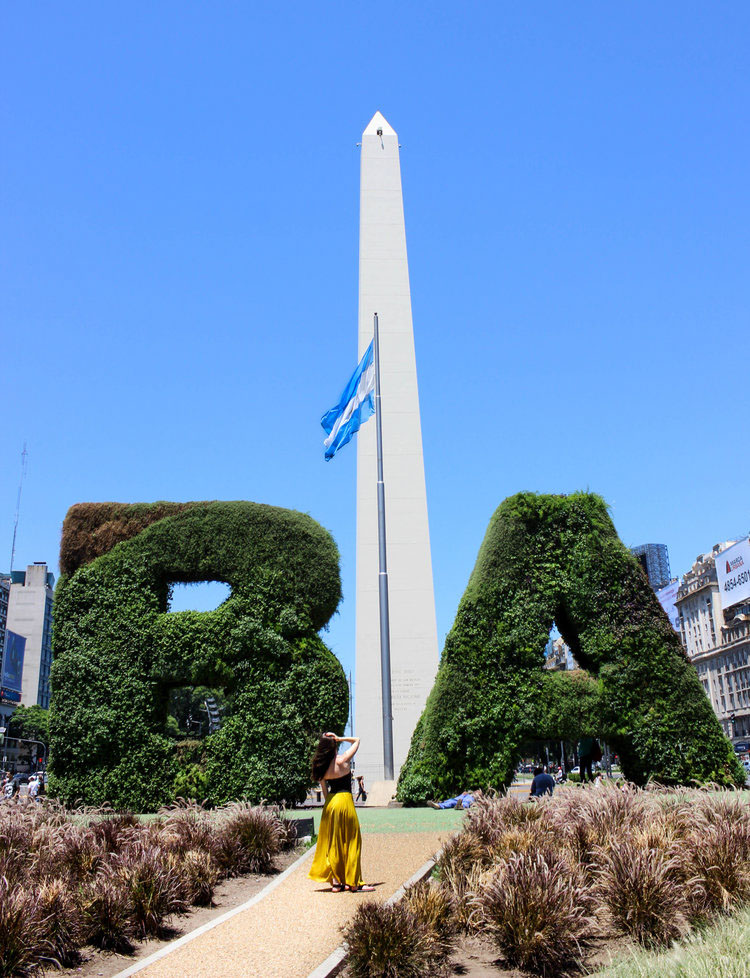
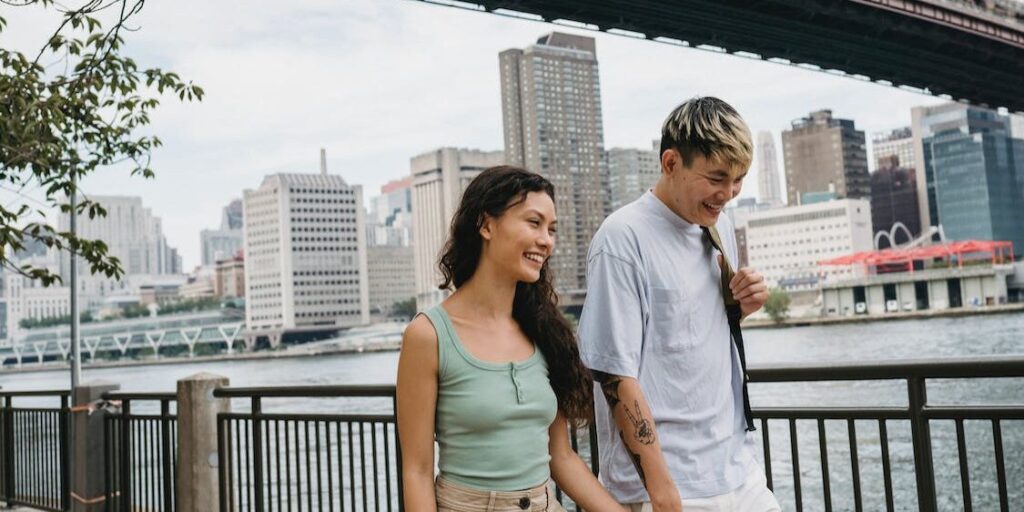
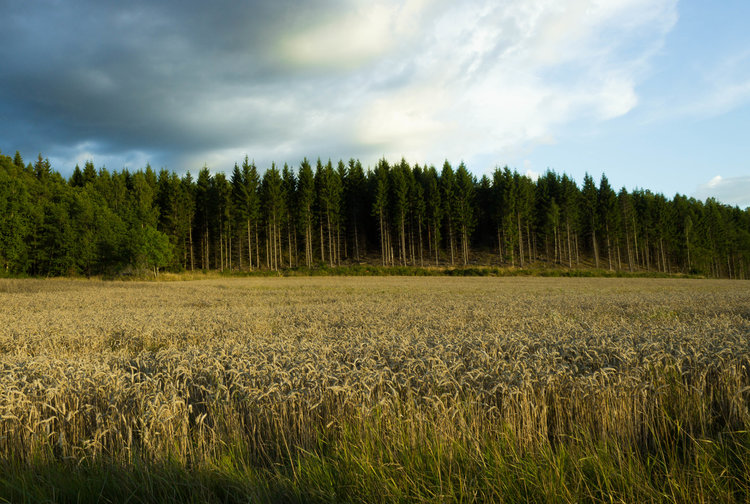

This site is protected by reCAPTCHA and the Google Privacy Policy and Terms of Service apply.